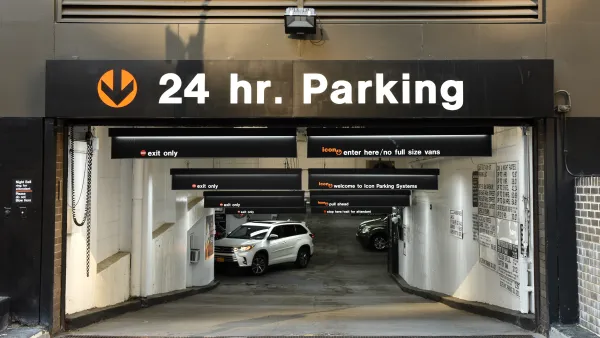The Low-Income Housing Tax Credit program has helped create more than 3 million affordable housing units across the country. But if something isn’t done soon, thousands of those homes could be lost forever as affordability periods expire.

Last April, seniors who lived in rent-restricted units at the Sierra Ridge apartment complex in Clovis, California, were told that their rents would double by January 2022. Rent for a one-bedroom apartment would increase from $591 to $1,295 a month, management said, and a two-bedroom unit would go from $699 a month to around $1,400.
Although 20 percent of the units at Sierra Ridge had been subject to long-term affordability requirements that prohibited such increases, those conditions officially came to an end in early 2021.
Sierra Ridge was built in 1990 as one of numerous properties in the U.S. constructed using the Low-Income Housing Tax Credit (LIHTC) program, which provides tax incentives for the building, rehabbing, or purchasing of affordable housing. The development is comprised of a mix of market-rate and affordable units, the latter of which, like all other LIHTC-funded units, must remain affordable for 30 years, after which property owners are allowed to rent those units at prices the market will bear. The LIHTC program was created in 1986 and made permanent in 1993, meaning that many of those first LIHTC units are beginning to see those 30-year affordability restrictions expire.
It’s estimated that by the end of the decade, nearly half a million LIHTC-funded housing units will reach the end of their affordability period. “When these affordability restrictions go away, a lot of people lose the dignity of being able to afford living on their own,” says Marcos Segura, a staff attorney at the National Housing Law Project.
These properties are also at risk of falling into disrepair as property owners often need money for major renovations by the end of their affordability period, money that isn’t available without a new source of funding.
Are there any mechanisms in place to protect residents who live in these properties? What can housing advocates and public officials do now to preserve the affordability of those LIHTC units, and the ones to be built in the future?
No Game Like the Long Game
For profit-motivated owners, the closer their property gets to losing its rent restrictions, the more focused owners become on the returns that could be made from converting affordable units to market-rate. This is especially true in .....
FULL STORY: What Can Be Done When LIHTC Affordability Restrictions Expire?

National Parks Layoffs Will Cause Communities to Lose Billions
Thousands of essential park workers were laid off this week, just before the busy spring break season.

Retro-silient?: America’s First “Eco-burb,” The Woodlands Turns 50
A master-planned community north of Houston offers lessons on green infrastructure and resilient design, but falls short of its founder’s lofty affordability and walkability goals.

Delivering for America Plan Will Downgrade Mail Service in at Least 49.5 Percent of Zip Codes
Republican and Democrat lawmakers criticize the plan for its disproportionate negative impact on rural communities.

Test News Post 1
This is a summary

Test News Headline 46
Test for the image on the front page.

Balancing Bombs and Butterflies: How the National Guard Protects a Rare Species
The National Guard at Fort Indiantown Gap uses GIS technology and land management strategies to balance military training with conservation efforts, ensuring the survival of the rare eastern regal fritillary butterfly.
Urban Design for Planners 1: Software Tools
This six-course series explores essential urban design concepts using open source software and equips planners with the tools they need to participate fully in the urban design process.
Planning for Universal Design
Learn the tools for implementing Universal Design in planning regulations.
EMC Planning Group, Inc.
Planetizen
Planetizen
Mpact (formerly Rail~Volution)
Great Falls Development Authority, Inc.
HUDs Office of Policy Development and Research
NYU Wagner Graduate School of Public Service





























